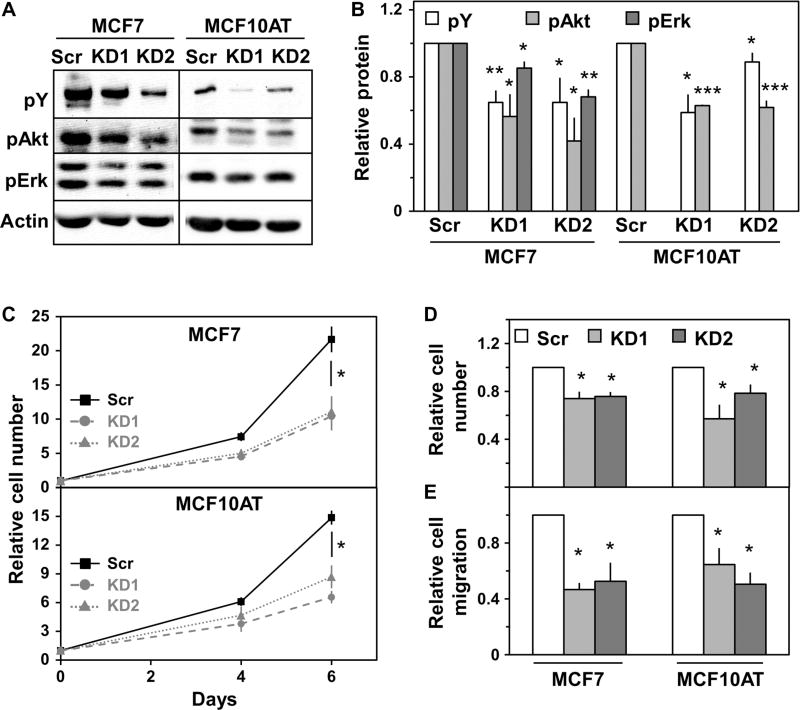Fig. 6. Rtn4A promotes breast cancer cell proliferation and migration.
MCF7 and MCF10AT cells were treated with either scrambled control siRNA or siRNA targeting Rtn4A. (A) MCF7 (left lanes) and MCF10AT (right lanes) cells were serum-starved in growth medium plus 0.1% FBS overnight and treated with NRG1β (0.13 ng/ml) for 3 min. Lysates were immunoblotted for phosphotyrosine (pY), phospho-Akt (pAkt), phospho-Erk (pErk), and actin. (B) Four independent experiments such as that illustrated in (A) were quantified, and the fold difference in phosphorylated protein was plotted for each siRNA relative to scrambled control. (C) MCF7 (upper) and MCF10AT (lower) cells were grown for the indicated times. The average number of cells normalized to scrambled control from three independent experiments is shown. (D) MCF7 and MCF10AT cells were serum-starved in growth medium plus 0.1% FBS overnight and then treated with NRG1β (0.13 ng/ml) for 24 hours. The average cell number normalized to scrambled control from three independent experiments is shown. (E) Migration of MCF7 and MCF10AT cells over 24 hours in a Transwell assay was measured. The average migration normalized to scrambled control over four independent experiments is shown. *P < 0.05; **P < 5 × 10−3; ***P < 5 × 10−6 by Student’s t test.

